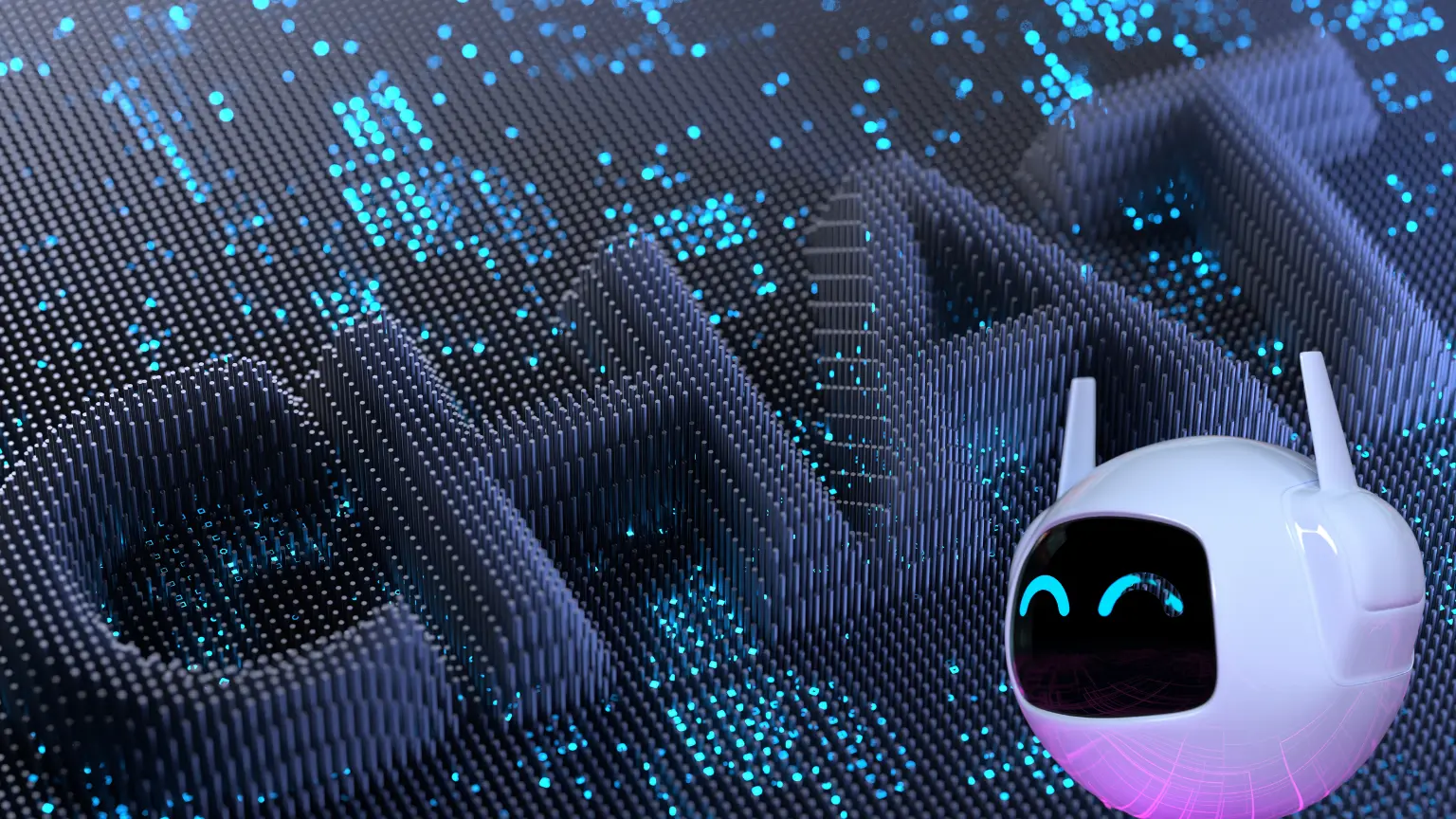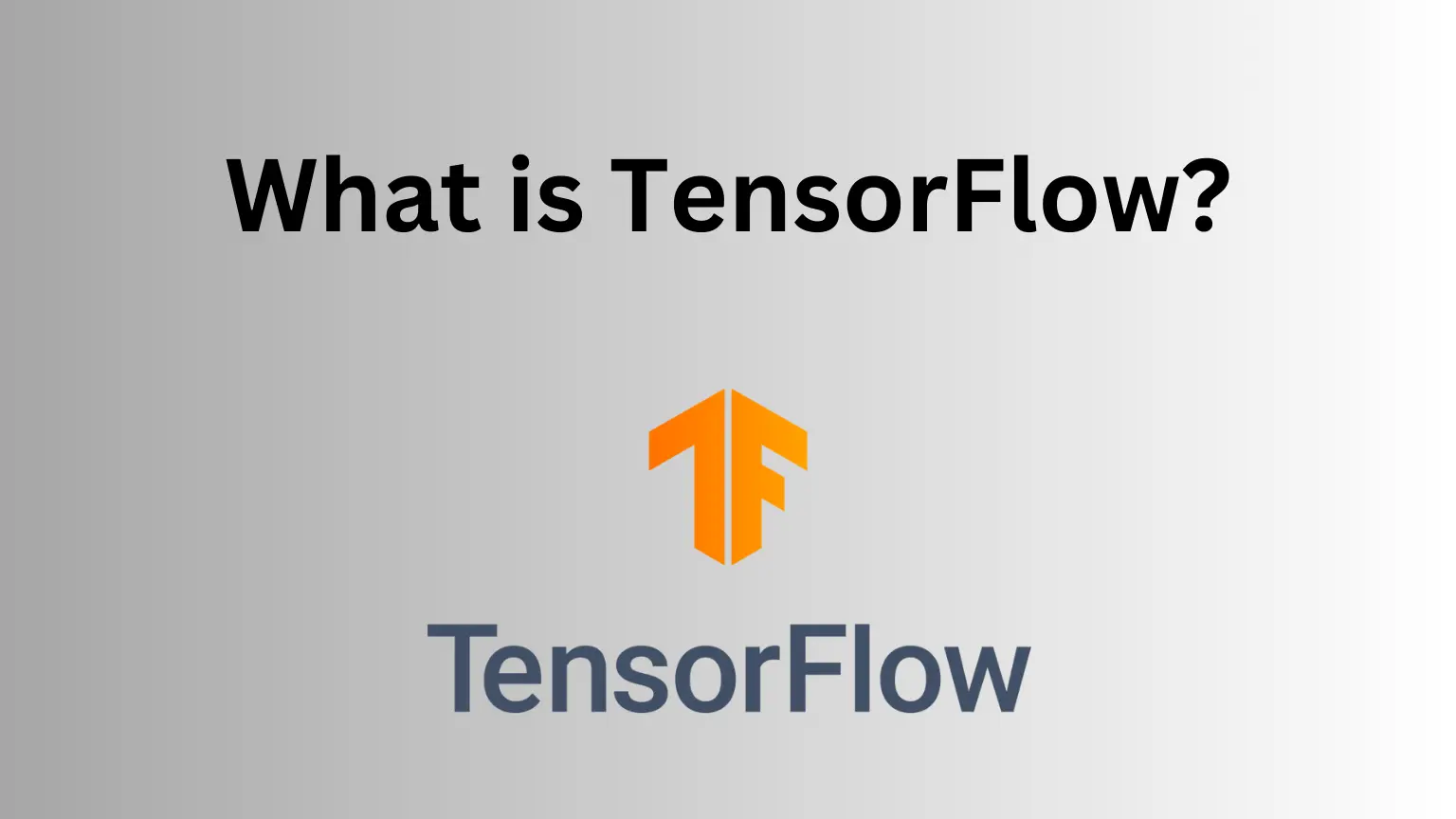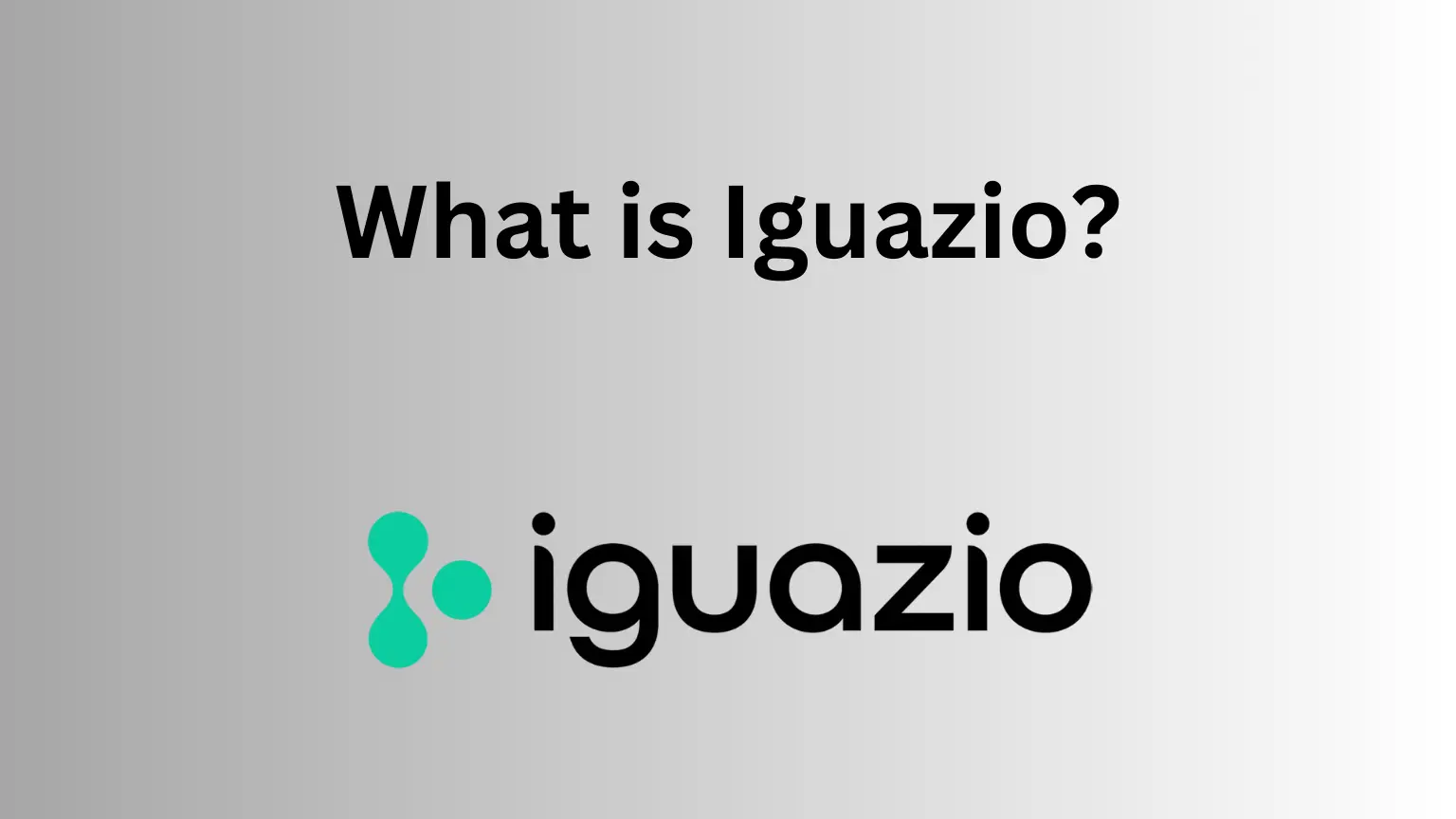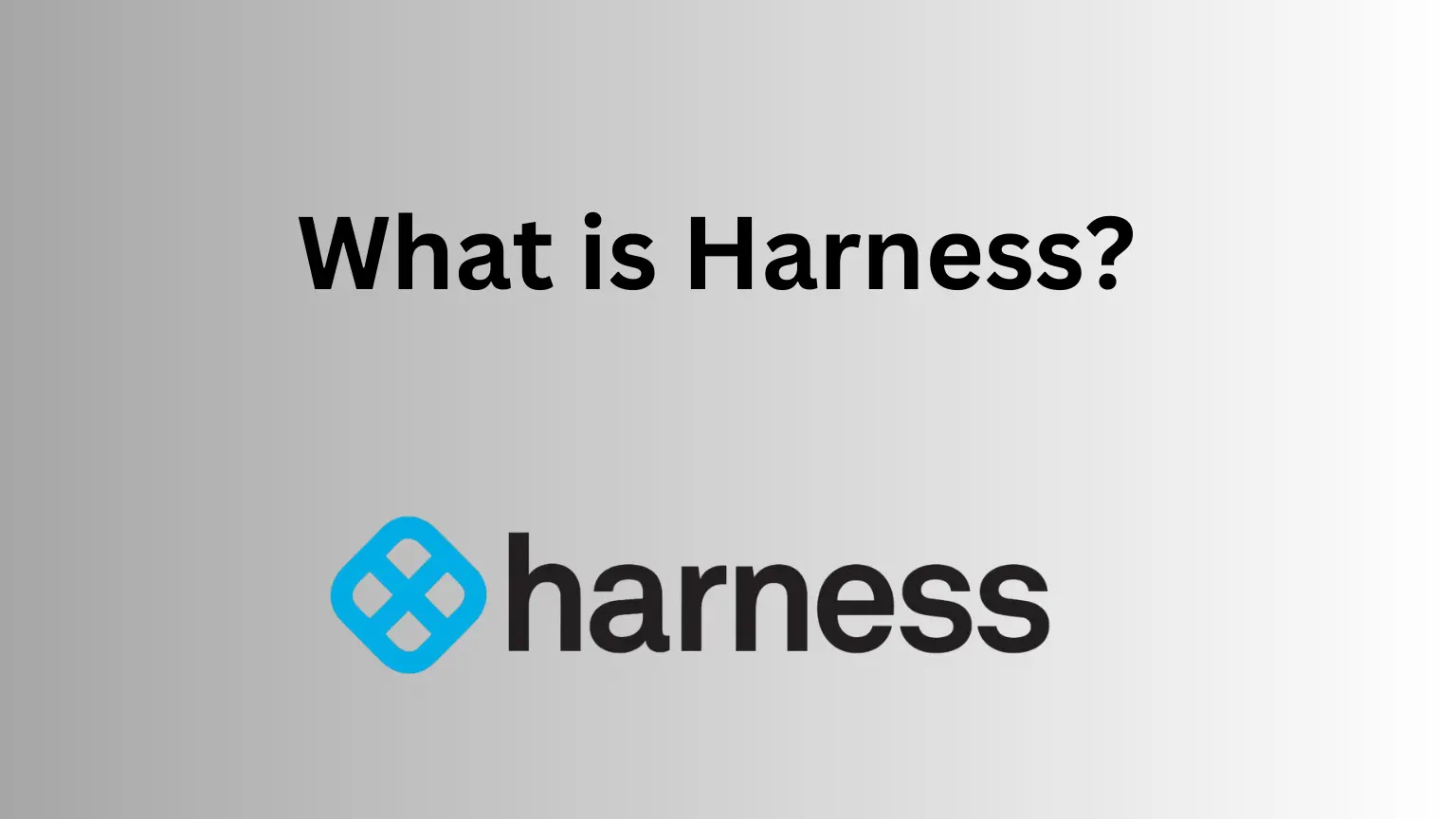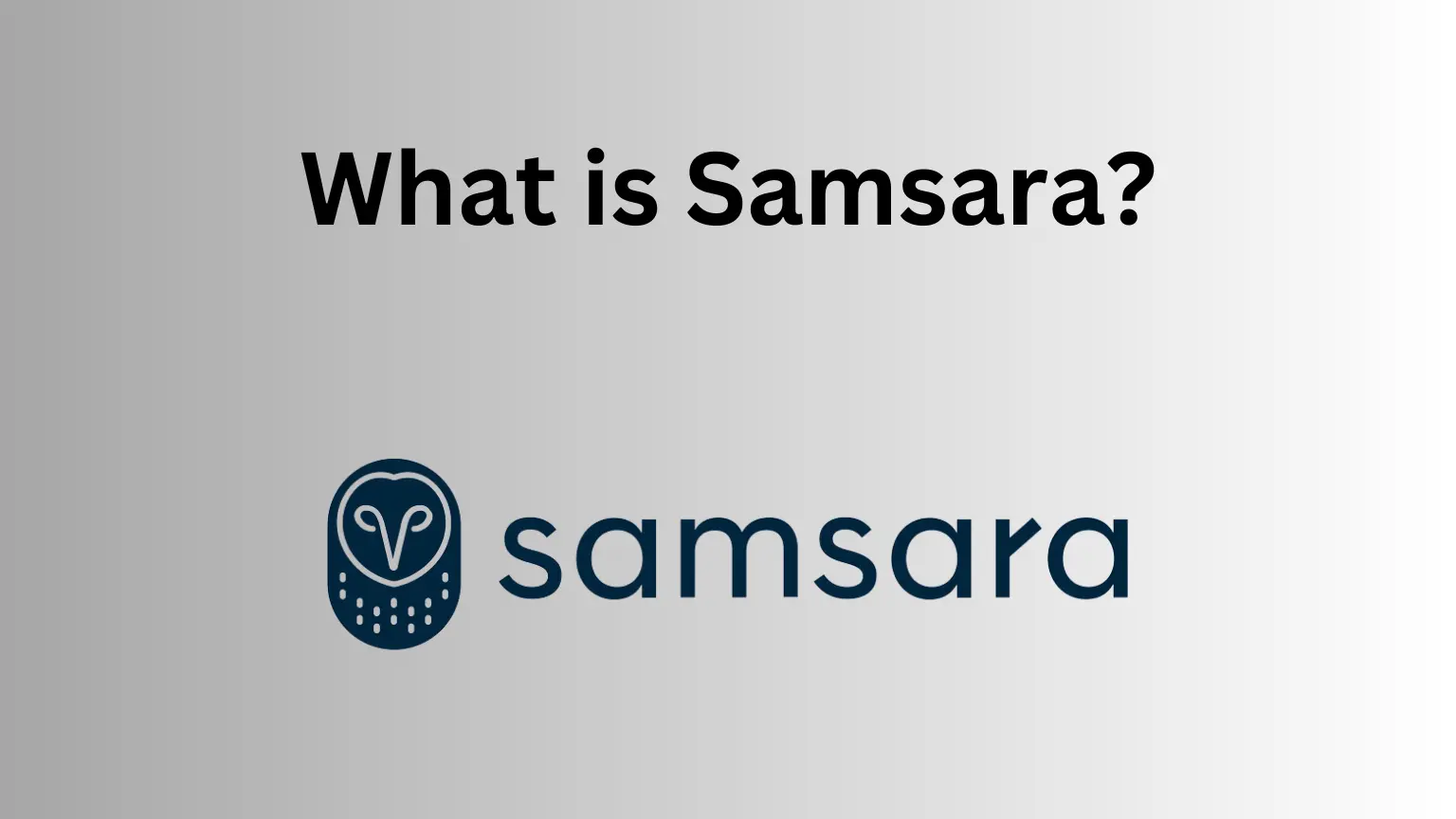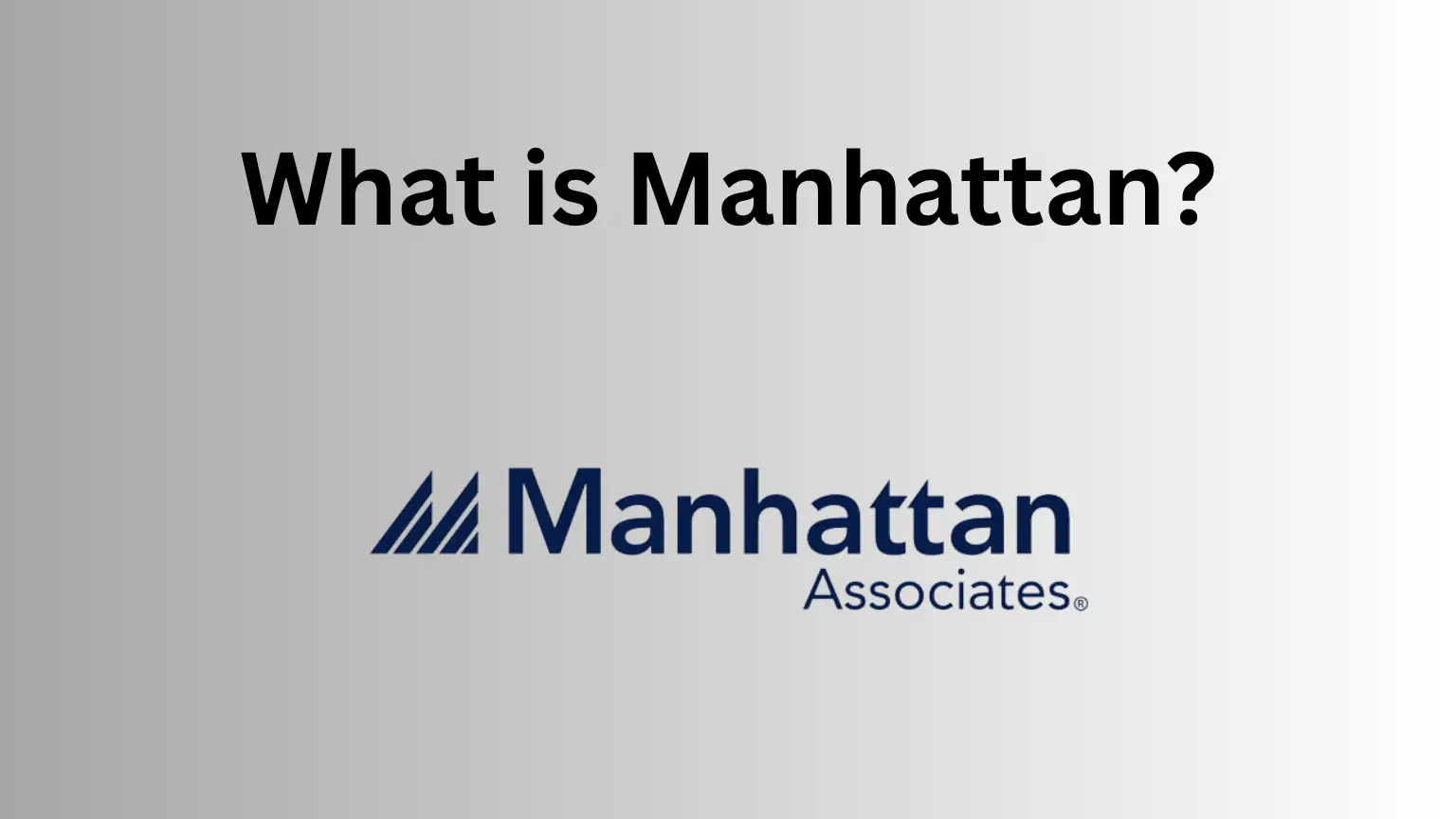Python 3.0 introduced many changes and improvements compared to Python 2. Some of the biggest differences include the use of Unicode strings by default 6, the removal of some old and deprecated features 4, and changes to the syntax and semantics of the language 4.
And do you know that about 50% of programmers prefer coding in Python?
Print function: In Python 3.0, the print statement was replaced with a print() function, which has some differences in syntax and behavior. For example, you need to use parentheses around the arguments to print, and you can no longer use the comma to separate arguments or the “>>” syntax to redirect output.
Accelerate Your Career in AI with Best Machine Learning Courses
Unicode Support
Python 3.0 has much better support for Unicode than previous versions of the language, which makes it easier to work with non-ASCII text and internationalization. However, it also requires some changes to how you work with strings and files, so it’s important to be aware of the differences between Python 3.0 and earlier versions.
Speed: Python 2 vs Python 3
The speed of Python 3 compared to Python 2 can depend on a variety of factors, including the specific code being run, the version of Python being used, and the implementation of Python (e.g. CPython, PyPy, Jython, etc.). In general, Python 3 is not significantly faster or slower than Python 2 for most tasks, but there are some differences to be aware of:
- Python 3 has some performance improvements over Python 2, particularly in areas like Unicode handling and I/O operations. For example, the str type in Python 3 is more memory-efficient than the unicode type in Python 2, and the print function in Python 3 is generally faster than the print statement in Python 2.
- However, Python 3 also has some performance penalties compared to Python 2, particularly in areas like integer division and string manipulation. For example, the // operator in Python 3 always returns a float, which can be slower than integer division in Python 2, and some string operations like concatenation can be slower in Python 3 due to changes in how strings are stored and manipulated.
Some tests show Python 3 code executing faster than Python 2, particularly for functions involving complex calculations and large data sets.
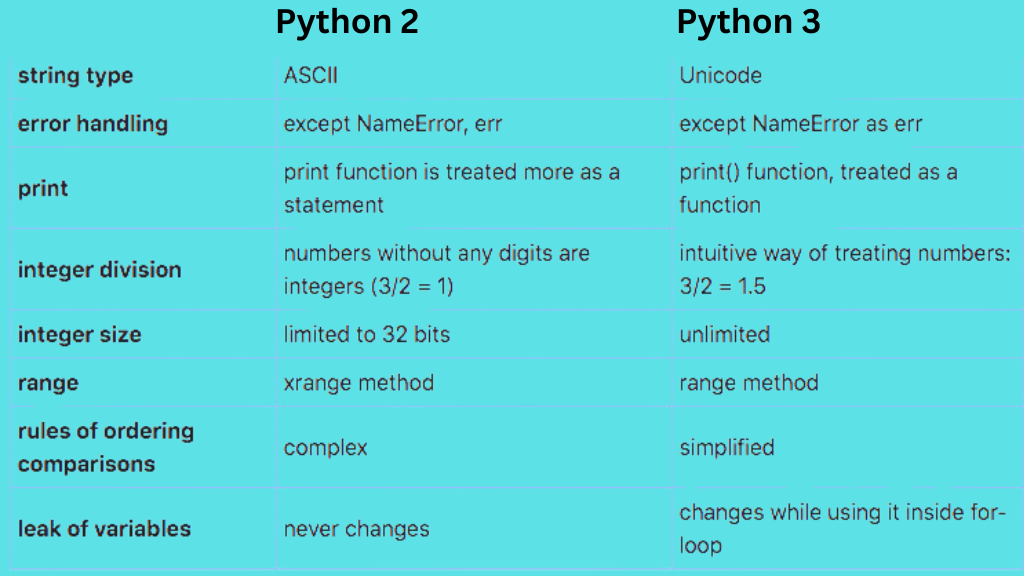
Comparing Python 2 vs Python 3 in the Realm of AI Training
In the realm of AI training, Python 3 is generally considered to be the better choice over Python 2 for several reasons:
- Python 3 has better support for Unicode, which is important for working with text data in natural language processing (NLP) and other AI applications. In Python 2, you need to be careful to encode and decode text data properly, which can be error-prone and time-consuming.
- Python 3 has better support for type annotations, which can help improve code readability and maintainability, especially in large AI projects. Type annotations allow you to specify the expected types of function arguments and return values, which can help catch errors early and make it easier to understand how code works.
- Python 3 has better support for asynchronous programming, which can be useful for AI applications that involve large amounts of data or complex computations. Asynchronous programming allows you to perform multiple tasks concurrently, which can help improve performance and reduce latency.
- Python 3 has better support for modern libraries and frameworks, many of which have dropped support for Python 2. For example, TensorFlow, one of the most popular AI libraries, dropped support for Python 2 in version 2.0 and now requires Python 3.5 or later.
- Python 3 has some performance improvements over Python 2, particularly in areas like Unicode handling and I/O operations. However, the performance differences between Python 2 and Python 3 are generally small and depend on the specific code being run.
Overall, while Python 2 is still widely used in some AI applications, Python 3 is generally considered to be the better choice for new projects and for applications that require modern libraries and frameworks. If you are starting a new AI project, it’s recommended to use Python 3 and to take advantage of its improved support for Unicode, type annotations, and asynchronous programming.
Best Linux Distro For Programming: Unraveling the Choices
Is Python 2 faster than Python 3?
Which version of Python should I use for my new project?
If you have existing code that was written in Python 2, you may need to port it to Python 3, which can be a time-consuming process. However, if you are starting a new project, it is generally best to use Python 3 to take advantage of its many improvements and to ensure that your code is compatible with modern libraries and frameworks.
Does Python 3 have better library support than Python 2?
Are there tools to help transition from Python 2 to Python 3?
However, some changes may still need to be made manually, and the tool may not catch all compatibility issues. Other tools, such as futurize and modernize, can also help with the transition by providing additional compatibility checks and automated fixes. Additionally, the Python documentation provides a guide to porting Python 2 code to Python 3, which includes information on common issues and strategies for updating code



